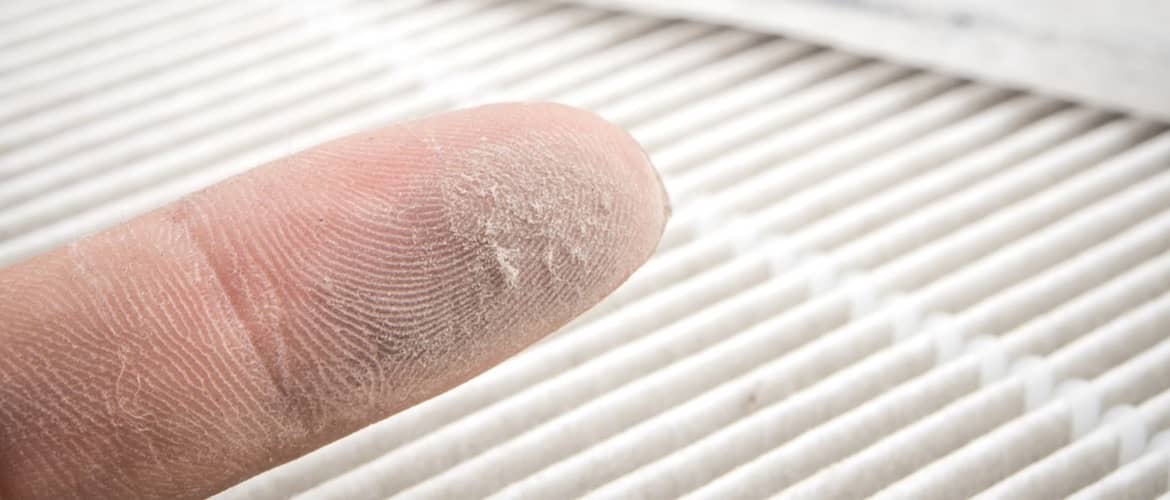
Have you ever freshly painted a room in your house and noticed a lingering chemical smell? Maybe you have just cleaned your floors or the countertop and can still smell the cleaning product after you’re done.
If so, then you are most likely smelling the volatile organic compounds or VOCs in the cleaning product you used.
If you are curious as to how VOCs are measured and tested, we have created this guide for you.
What Are VOCs?
VOCs are a group of carbon-based compounds that are naturally volatile under regular room conditions. You will notice some of these compounds present by the odor that is given off when using certain products.
VOCs include a large group of chemicals including benzene, toluene, ethanol, and acetone, just to name a few.
The Environmental Protection Agency (EPA) has set a general overview, classification, and regulations regarding VOCs.
Sources of VOCs in our homes are varied and extensive and can be included in the following common household products:
- Aerosol sprays
- Paint and paint strippers
- Cleaners and disinfectants
- Hobby supplies
- Pesticides
While these are not the only sources of VOCs, they are some of the more common and widely used products in our homes. Another common household source of VOCs is mold.
If you feel you may have a problem in your home, the next step is to have some testing for VOCs completed.
Measuring and Testing VOCs
If you’re interested in determining the level of VOCs in your home, you might be wondering how to measure VOCs and what the testing for VOCs consists of.
Performing a quick internet search will yield examples of home test kits and equipment for VOCs. These home kits are relatively inexpensive and most likely easy to use.
The problem with home test kits is they are not going to be as accurate as a professionally performed test. Home kits will not be calibrated and could therefore render inaccurate results.
The best method to test for VOCs is by laboratory analysis. Air quality samples would be taken and submitted to a laboratory and analyzed for VOCs. The problem is this can be very cost-prohibitive and could take a while to get results based on the laboratory.
While home test kits are just a starting point for any VOC determination and remediation, it is always best to rely on professionals to get accurate results.
Remediation of VOCs
While it is likely that we all use household cleaning products at some point, there are still ways to remediate the effects of VOCs.
When using home cleaning products and chemicals, it is important to follow the directions for use and take note of any safety warnings on the label. If you still are feeling some effects of the exposure to VOCs (nausea, dizziness, headaches) then it is important to take action.
Use the products in a well-ventilated area. In other words, open a window or turn on a fan to reduce your exposure to the VOCs.
If the VOC exposure is coming from mold, then you will need to clean the areas affected or have the mold professionally removed depending on the extent of the infestation. To prevent the mold, make sure to vent your bathroom when showering or wipe down wet areas to prevent mold growth.
Taking the Next Step with VOCs
If you have tried ventilation of your home or reduction of chemical product usage and are still experiencing symptoms of VOC exposure, then contacting a professional to help determine the source of the VOCs is your next step to take.
You can contact us to help with problems you may be experiencing with air quality or mold.

